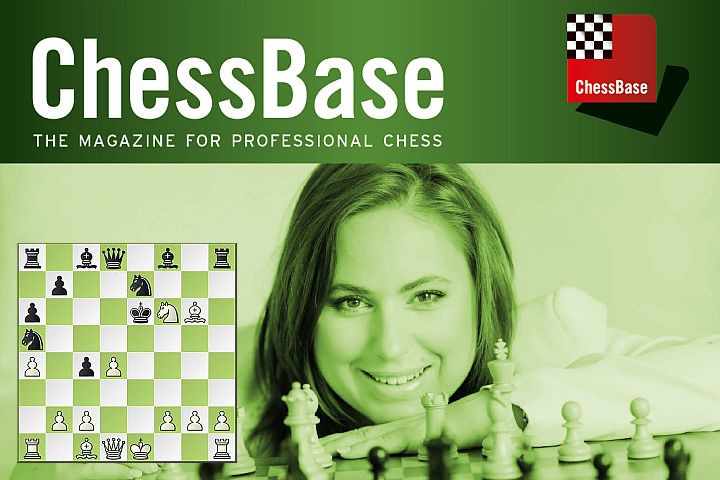


"Show your opponent your king is really courageous!"
Nidjat Mamedov – Maxime Lagarde (Reykjavik 2021)
Despite the bad memories I have of this game, I think it is really interesting to analyse due to the many sharp lines and initiative ideas.
1.e4 c5 2.Nf3 Nc6 3.Nc3 e6 4.Bb5 A surprise for me, as my opponent often played the Open Sicilians. 4...Na5!?
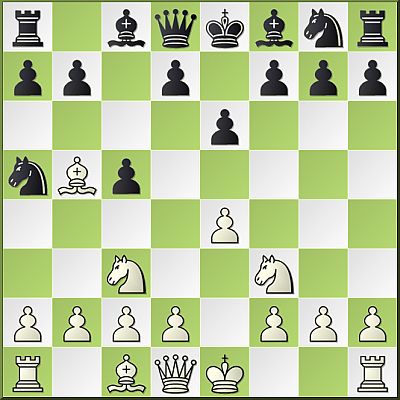
Obviously this move is far from being the best in this position, but at least it allows to get untheoretical positions. Actually if White wants to get an advantage here, he has to be quite precise. 5.a4?! Not necessary, White had to play more actively to take advantage of my last move. 5.d4! is the right continuation: 5...cxd4 6.Nxd4 a6 7.Bd3 b5 8.0–0 Bb7 9.Re1
5...a6 6.Be2 d5! It is important to react quickly to justify the bad a5–knight. 7.exd5 exd5 8.d4 8.0–0!? was the most interesting way to play. Perhaps my opponent was scared of 8...d4 but White has the strong intermediate move 9.Re1! Be6 (9...dxc3?? 10.Bb5#!) 10.Ne4
8...c4!

Of course Black does not want to play isolated pawn position here, as he already is behind in development. 8...c4 makes sense here as after 5.a4, White gave the b4–square for the bishop.
9.Ne5! This is the critical position. Black has two possibilities: either play solidly by simply developing the pieces, or to provoke the opponent by forcing him to enter sharp lines ... Of course it is always way funnier to play sharp positions, so I went for the last possibility! – 9.0–0 Bb4! 10.Re1 Ne7 and Black is already completely fine (even slightly better).
9...f6!? As I had lost the day before this game, I was determined to play for a win here and was not scared to go into really sharp positions. 10.Bh5+ g6 11.Nxg6 hxg6 12.Bxg6+ Kd7 13.Nxd5?! As surprising as it may look, this logical move is actually a big imprecision. (13.Qf3! Ne7 14.Bf7 Bh6 15.Bxh6 Rxh6 16.0–0 Black's position is really hard to play as his king cannot really hide somewhere.)
13...Ne7! The best defence here is to find counterplay, no matter the material we give back. 14.Nxf6+ Ke6!
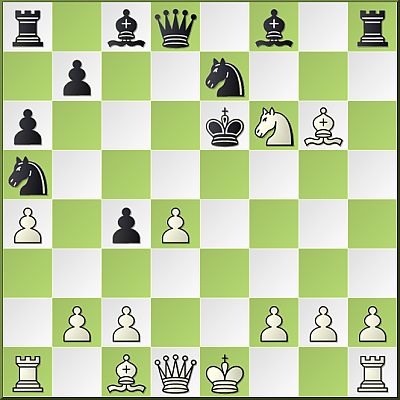
It is too late to be scared anyway, so show your opponent your king is really courageous! Obviously that move deserved a precise calculation to be sure not to get mated.
15.Qg4+ The most natural way to continue. – 15.Be4!? was really interesting too: 15...Kxf6 16.Qf3+ Kg7 17.Bg5 Kg8 18.Qg3 Bg7 19.0–0–0 Rh5 20.Rhe1
15...Kxf6 16.Qg5+ Ke6 And of course not 16...Kg7?? 17.Be8+ Kh7 18.Qh5+ Kg8 19.Qf7#
17.Qe5+? Too hasty, White had to take advantage of Black's king still in the middle of board to increase the initative. Better was 17.Bf4! Nxg6 18.Qxg6+ Kd5 19.0–0 with a crazy position where White still gets a strong initiative, the rooks taking part in the attack soon.
17...Kd7 That was the end of my calculation after I played 9...f6. I intuitively thought my position was not lost here - actually it is almost winning for Black with precise play. 18.Bf7

18.Be4! Rh4 19.f3 Although Black has managed not to get checkmated, White keeps some initative and can imagine to play with the kingside pawns.
18...Rh4!? (18...Nec6! was winning on spot: 19.Qxh8?? Bb4+–+ 20.c3 Qxh8) 19.d5!
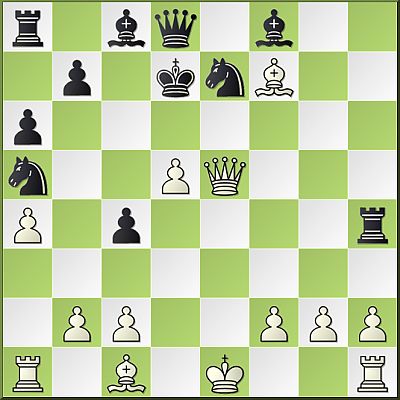
The best practical move, trying to tie the d7–king.
19...Qb6?? And here we are! Just one mistake can completely change the evaluation of the position, and I made it. I was probably too greedy in this position, thinking I could handle the white attack and keep my two plus pieces. I forgot a simple tactical idea which cost me the game. – 19...Nac6! was the winning move, giving back a piece but ending any attacking perspective for White.
20.Be3!
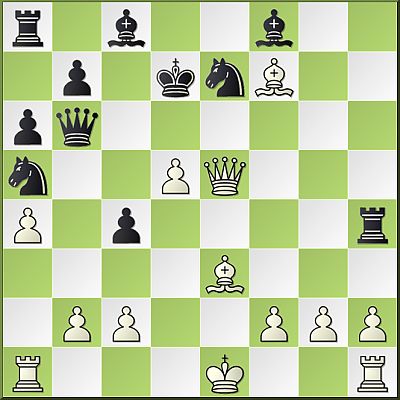
For me, that move was not possible, thinking I could play 20...Qd6. I quickly realized I was wrong and that was a big shock. Black's position is now completely lost.
20...Qb4+ (20...Qd6 21.Be6+ Kc7 22.Bb6+!+– winning the queen!) 21.c3 Qb3 (21...Qxb2 22.0–0+–) 22.Qe6+ Kc7 23.d6+ Kc6 (23...Kb8 24.dxe7 Bxe6 25.exf8Q++–) 24.Be8+

A terrible but nice checkmate on the next move. 1–0
You can find the complete analysis by Maxime Lagarde in the new ChessBase Magazine #204!
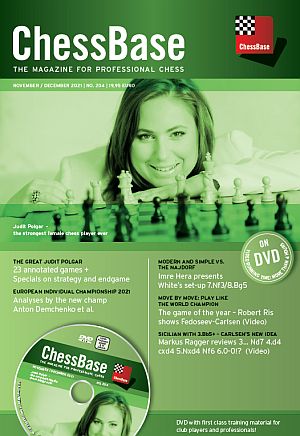
Order now at the ChessBase Shop !
| Advertising |